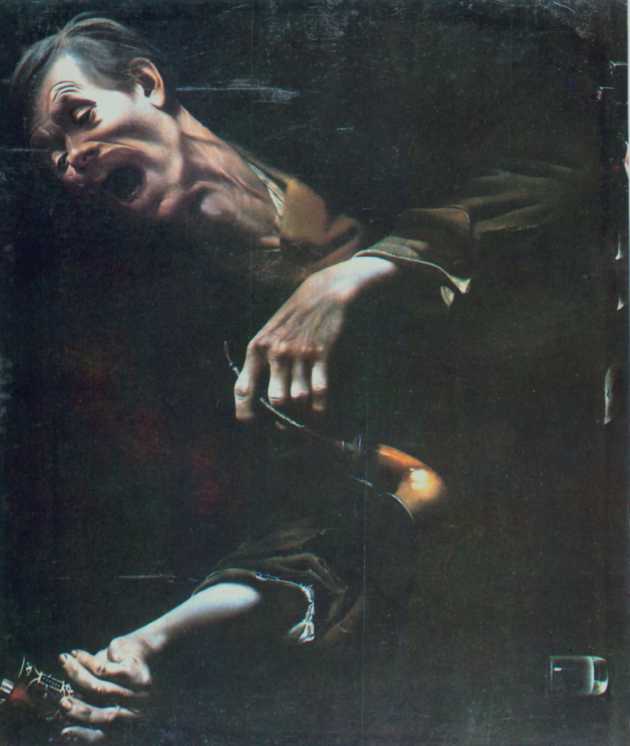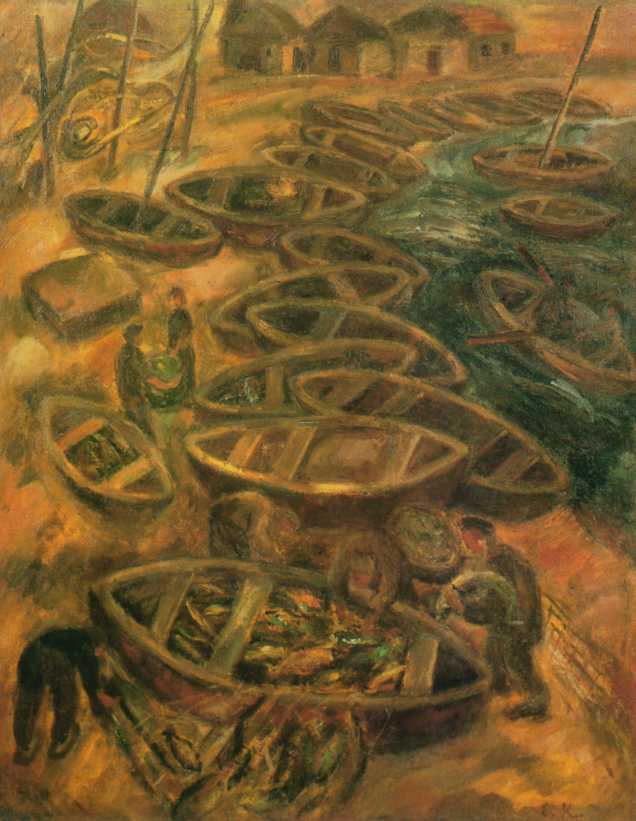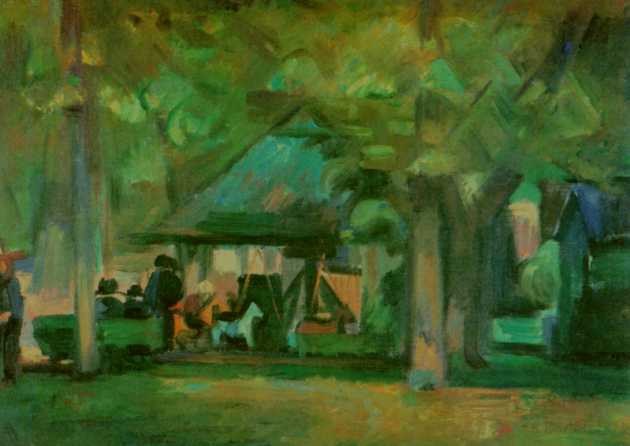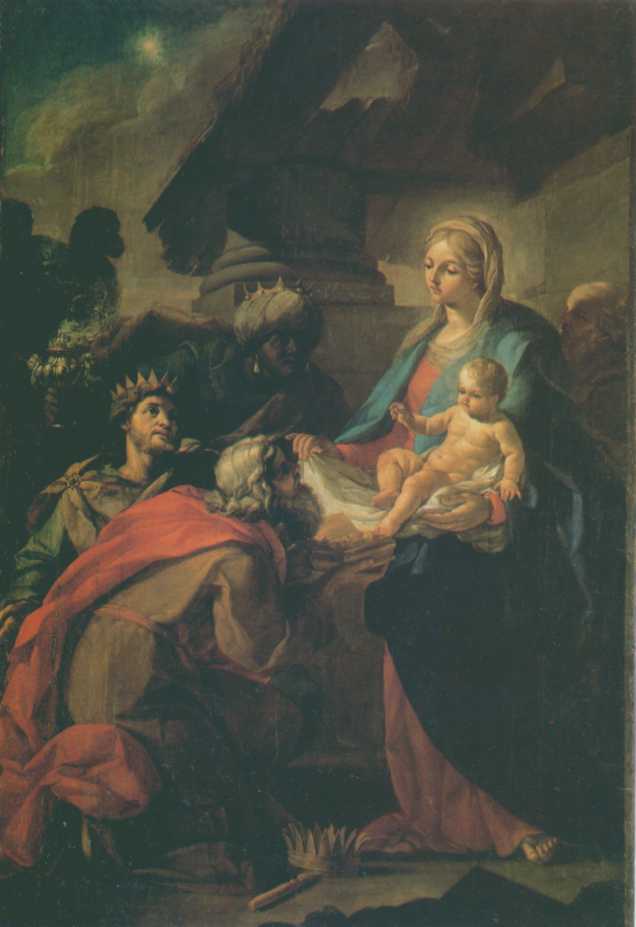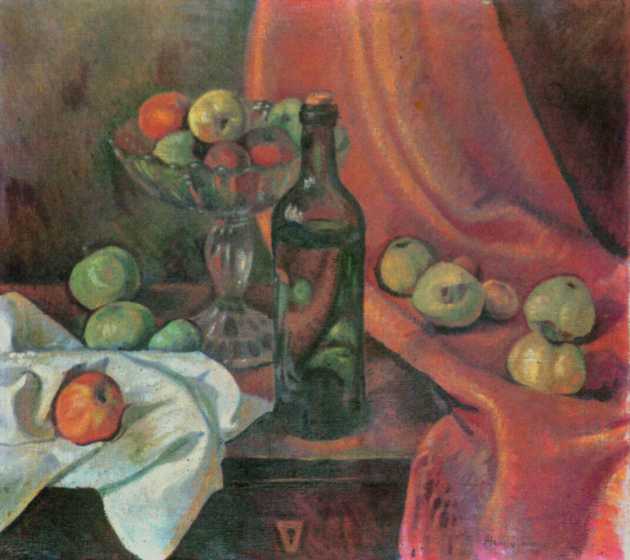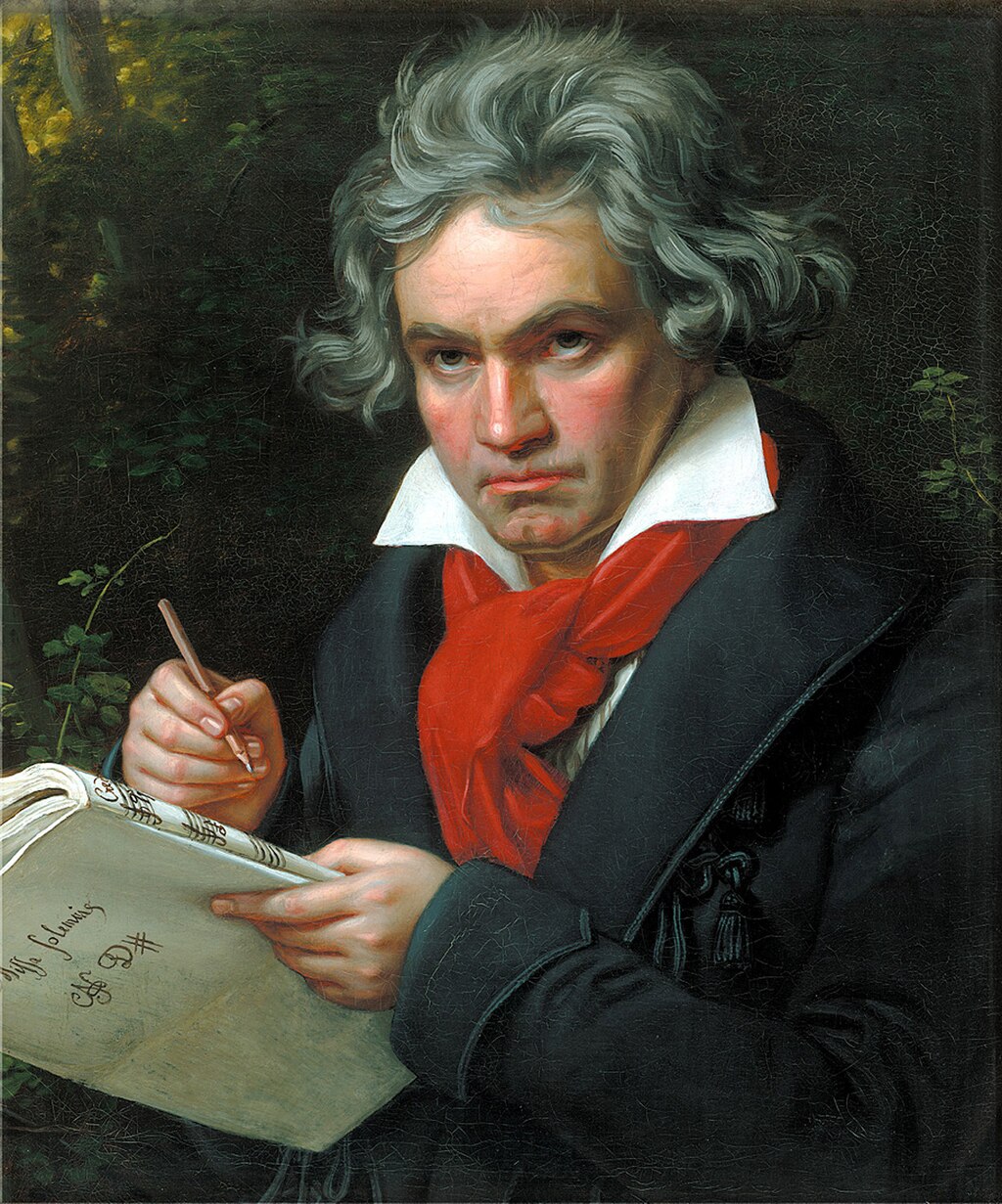Painting – Mannerism and Baroque.
Simple and full of limiting canons, the Renaissance in the early 16th century began to gradually transform into a more free and fuller style, originally Mannerism (1510-1590), and at the end of this century into the Baroque (1590-1680).
Mannerism is a style characterized by formal and technical perfection, elegance and freedom of form, lack of realistic imitation of nature, experimenting with perspective. The artists of this period broke with the clear canons of Renaissance composition, and crowded groups of figures began to appear in the paintings, often depicted in unreal colors. The works referred to allegorical figures and intricate symbolism.
Mannerism, following the passing Renaissance, first appeared in Italy and quickly spread throughout Europe .
Mannerism found a fertile soil in Poland for the noble and Sarmatian culture, allowing to add glitz and splendor to noble residences, as measured by the wealth of the time and emerging magnate fortunes. Its strongest development falls on the end of the 16th and the first half of the 17th century.
The main representatives of mannerism:
Agnolo Bronzino
Parmigianino
Tintoretto
El Greco
Baroque reigning from the end of the 16th century to the first half of the 18th century covered all manifestations of artistic activity. It grew out of the Renaissance and Mannerism. In the 18th century, it first turned into Rococo, and then in classicism in art and enlightenment in science. The basis of the new style was opposition to Renaissance classicism, deep religiosity and mysticism.
The wealth of resources became the most important features, strong contrast, movement and pathos in an expressive and theatrical form. The characteristic color and light that brought out the most important elements of the image allowed for a very strong emotional impact on the viewer. Religious scenes were the most common in the paintings, mythological, allegorical, historical, as well as landscapes, genre scenes and still lifes.
The main representatives of the Baroque:
Titian
Paul Veronese
Caravaggio
Peter of Cortona
Domenichino
Artemisia Gentileschi
Luke Giordano
Guercino
Giovanni Battista Piazzetta
Andrew Pozzo
Guido Reni
Giovanni Battista Tiepolo
Diego Velazquez
Bartolome Esteban Murillo
Jose de Ribera
Juan de Valdes Leal
Francisco de Zurbaran
Rubens
Anthony van Dyck
Jacob Jordans
Rembrandt
Fransa Hals
Jana Vermeer

